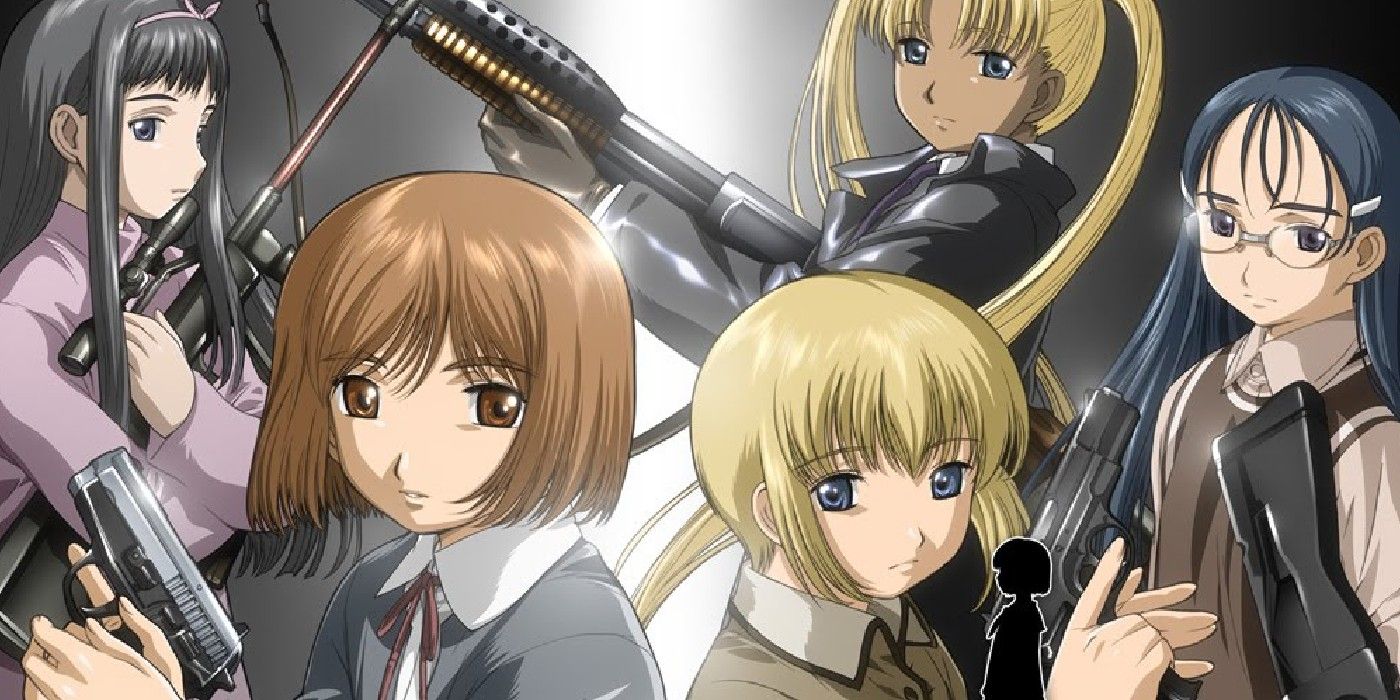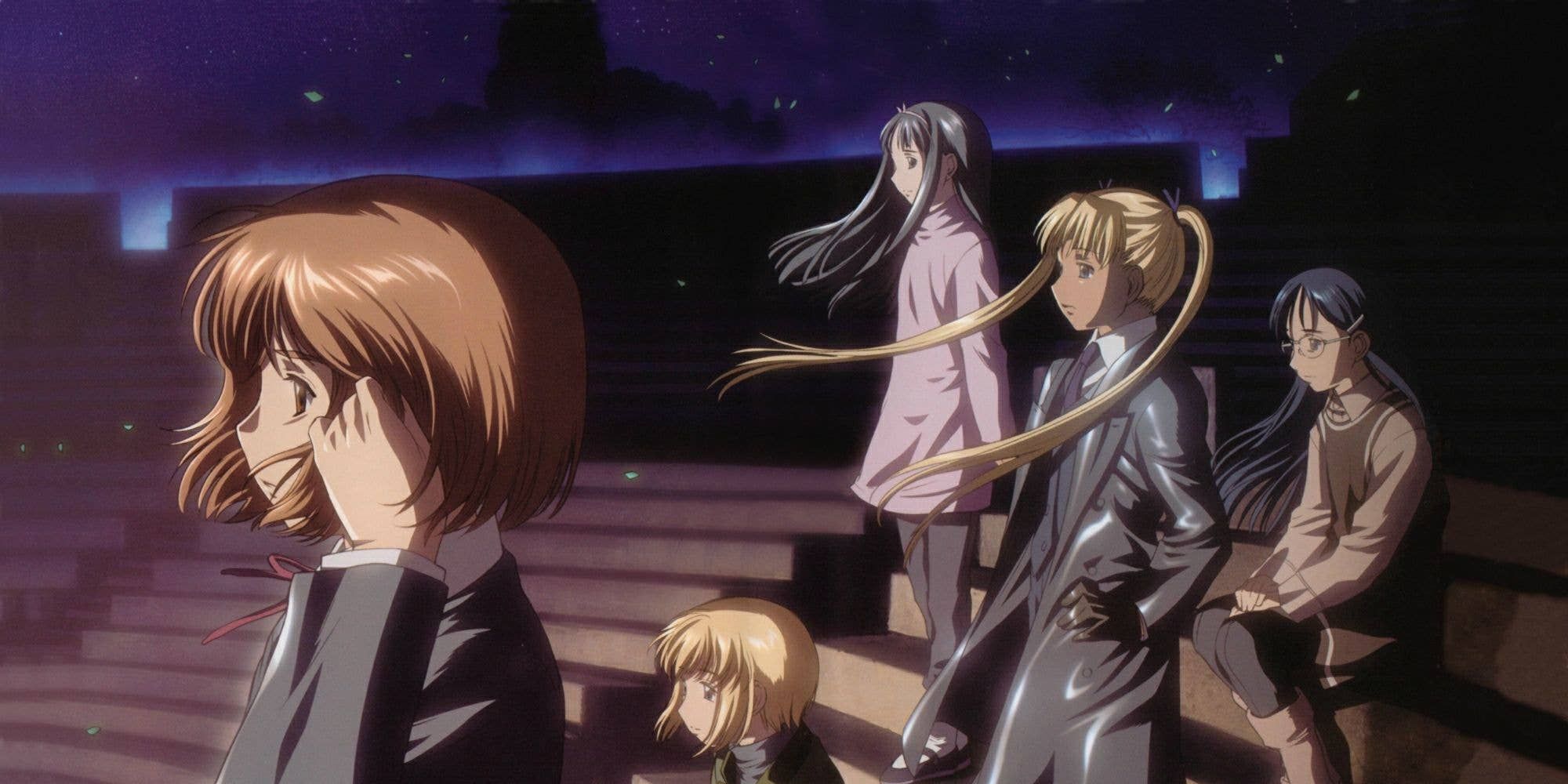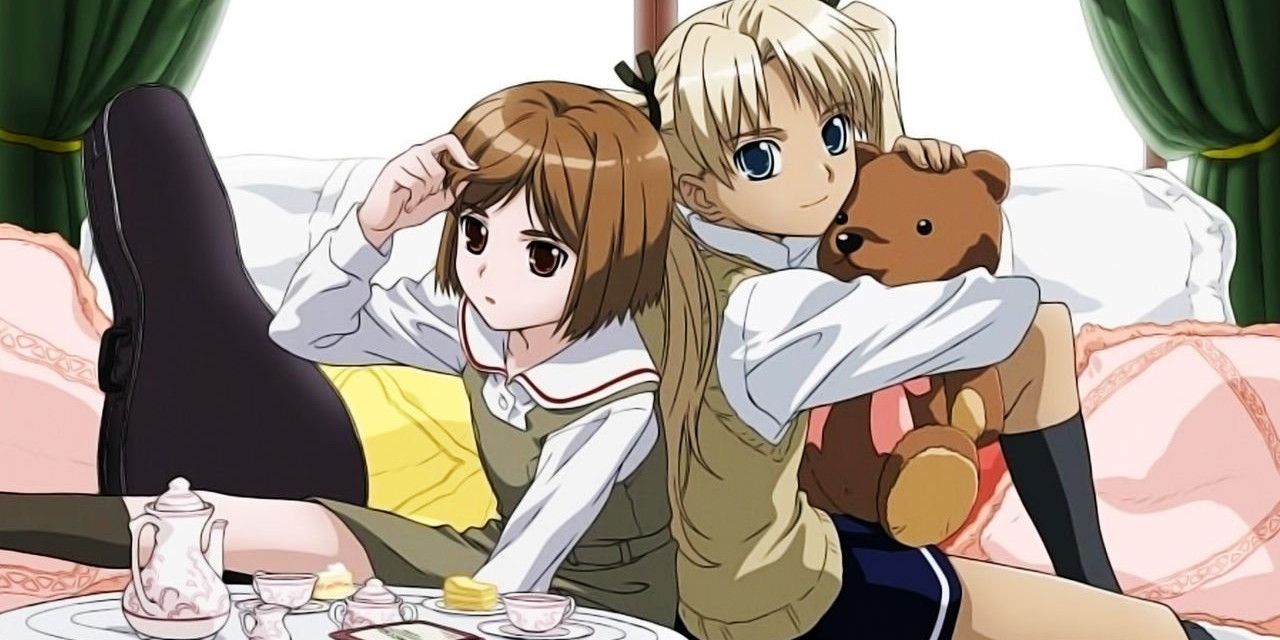Moe anime is a staple of the art form, and for a good reason. Cute girls doing cute things can be a welcomed reprieve from the stresses of life, but sometimes the industry can take things a little too far in terms of putting moe tropes into just about anything. The cute girls' trope has long been inserted into things like war and guns, which some might argue softens the atrocities of violence. There is one anime that many anime fans have likely avoided due to its cutesy character designs and misleading title that makes such avoidance understandable. However, it would be a mistake to pass up on Gunslinger Girl, as this contains some stellar work.
Gunslinger Girl takes place in modern-day Italy, where the government has set up a program called the Social Welfare Agency. At first glance, this agency appears to help those in need, professing to offer physical rehabilitation services to those with grave injuries. The truth is that the Social Welfare Agency is a ruse for a secret military program that specializes in counter-intelligence and counterterrorism, and it utilizes children for these causes. The agency takes children that have suffered near-death traumatic experiences and enhances them with cybernetic implants to increase their strength and pain tolerance so that they can be trained to become assassins.
It has been said that children make some of the best soldiers, and the tragedy of history has shown this to be the case, as in hotbed conflict areas such as Africa and South America. Gunslinger Girl does not shy away from this awful truth. The anime goes out of its way to show the physical and psychological ramifications of children in combat. Given the title, it would have been easy to make Gunslinger Girl just another girls-with-guns anime filled to the brim with one-liners, cute characters and bubbly music that would appeal to the largest demographic of anime fans possible. Instead, Gunslinger Girl is somber in its tone and approaches such a heavy topic with care.
Another touchy subject that Gunslinger Girl handles with deft skill is how it approaches guns. A lot of anime that heavily feature guns within their storylines tend to have a character who is a gun otaku, glorifying firearms and appealing to fans of military history in the process. Gunslinger Girl tackles gunplay with a more distant and cold approach. Weapons in this anime are presented as mere tools of the trade; they are neither glorified nor reproached.
However, that is not to say that the intricacies of firearms are never put under a painstaking microscope of detail. As early as the first episode, there are scenes where the main characters are seen disassembling and reassembling handguns. All the small parts that make up such objects and seem so simple are showcased, making it clear that the creators of Gunslinger Girl know firearms and are not simply fanboying over them.
All the main leads of this anime are also given the much-needed time to grow as characters; they are not just cute girls shooting guns for popcorn entertainment. Henrietta, the poster child for Gunslinger Girl, is a prime example of a powerful story of tragedy and what trauma can do to the human mind, especially a child's. The anime also delves into the ethics of its world by having characters question whether raising children to become soldiers is the right thing to do, even if the Social Welfare Agency is doing so to protect millions of citizens. It is the moral dilemma of "the needs of the many outweighing the needs of the few," and Gunslinger Girl shows as much compassion and humanity as possible in such sad circumstances as these girls find themselves in.
Gunslinger Girl might fly under the radar of many fans due to its deceptive title and cute character designs, but to miss it would be a mistake. This is an anime that tackles such weighty topics as violence, government corruption, warfare, psychological trauma and the tragedy of lost youth -- and it does it all without cheap shots or playing into exploitation or sensationalism.



